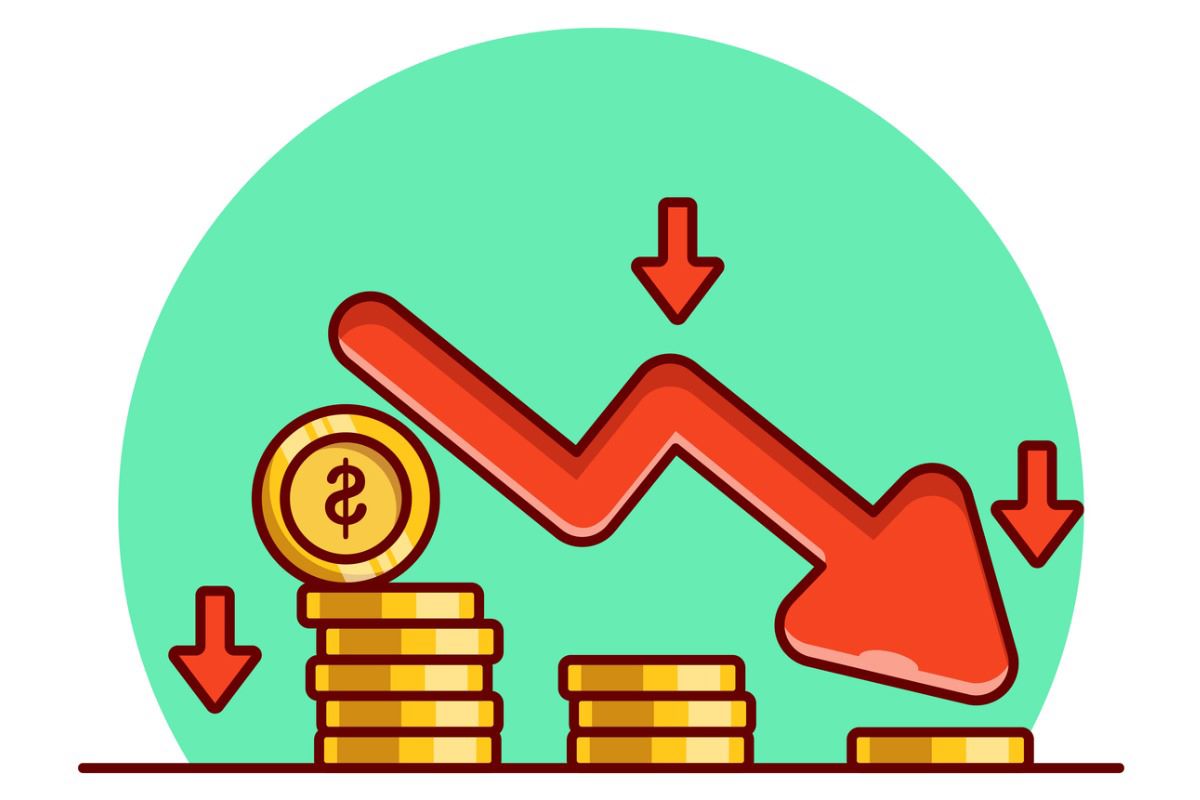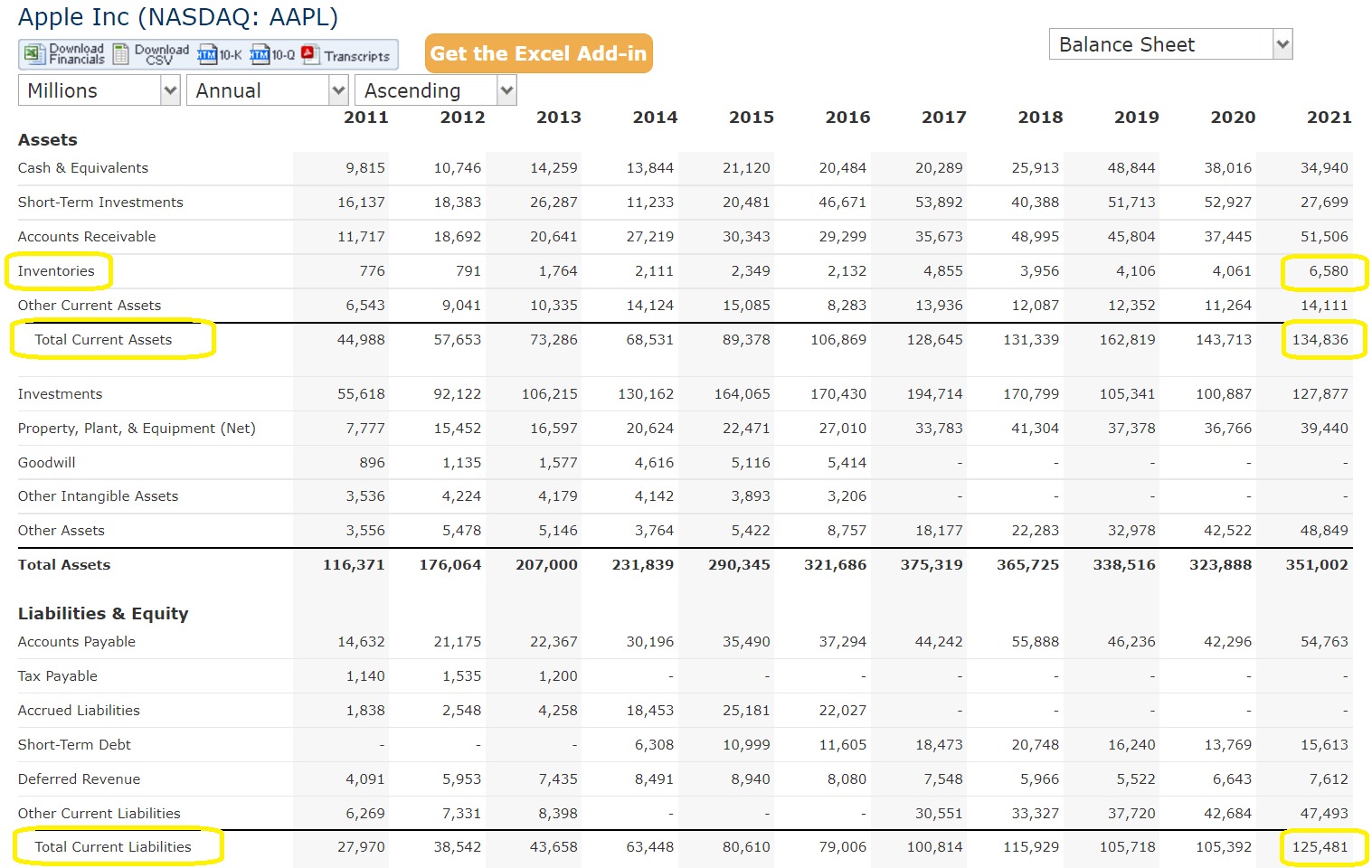Home>Finance>How Many Pension Funds Have Been Gutted By Private Equity?


Finance
How Many Pension Funds Have Been Gutted By Private Equity?
Published: January 23, 2024
Discover the impact of private equity on pension funds in the finance sector. Learn how many have been gutted and the implications.
(Many of the links in this article redirect to a specific reviewed product. Your purchase of these products through affiliate links helps to generate commission for LiveWell, at no extra cost. Learn more)
Table of Contents
Introduction
Pension funds are designed to provide financial security for retirees, ensuring that they can enjoy a comfortable lifestyle after leaving the workforce. Traditionally, these funds have been invested in a diverse range of assets, including stocks, bonds, and real estate, to generate returns while mitigating risk. However, in recent years, a growing trend has emerged in the form of private equity investments infiltrating pension funds. This shift has sparked significant debate and raised concerns about the potential risks and rewards associated with this investment strategy.
Private equity investments involve acquiring ownership stakes in private companies with the aim of restructuring and ultimately selling them for a profit. While this approach has yielded substantial returns for some investors, it has also introduced a new level of complexity and risk into the realm of pension fund management. The allure of potentially high returns has drawn pension fund managers to allocate a portion of their assets to private equity, hoping to bolster overall fund performance.
In this article, we will delve into the rise of private equity investments in pension funds, exploring the impact of this shift on the financial well-being of retirees. By examining case studies of pension funds affected by private equity investments, we aim to shed light on the real-world implications of this trend. Furthermore, we will consider the regulatory oversight and potential solutions necessary to safeguard pension funds from the potential pitfalls associated with private equity investments.
As we navigate through the complexities and controversies surrounding private equity's infiltration into pension funds, it becomes apparent that the implications extend far beyond the realm of finance. The financial security and peace of mind of countless retirees are at stake, making this a topic of profound significance and urgency. Join us on this exploration as we unravel the intricate dynamics and implications of private equity's impact on pension funds.
The Rise of Private Equity Investments in Pension Funds
In recent decades, there has been a notable surge in the allocation of pension fund assets to private equity investments. This trend is driven by several factors, including the pursuit of higher returns in a low-interest-rate environment and the quest for diversification beyond traditional asset classes. Private equity offers the potential for substantial gains, often outperforming public markets over the long term, which has enticed pension fund managers seeking to maximize returns for their beneficiaries.
Furthermore, the illiquid nature of private equity investments aligns with the long-term horizon of pension funds, as they are not encumbered by the short-term pressures of market volatility. This characteristic allows pension funds to participate in the growth and value creation of private companies over an extended period, potentially reaping the rewards upon exit or through dividend distributions.
Another driving force behind the rise of private equity in pension funds is the increasing accessibility of these investments. As the private equity landscape evolves, more avenues, such as funds of funds and co-investment opportunities, have emerged, providing pension funds with greater access to a diverse array of private companies and investment strategies.
However, the influx of pension fund capital into private equity has not been without its challenges. The inherent complexity and long-term commitment associated with private equity investments require pension fund managers to navigate a terrain that differs significantly from the more familiar territory of public markets. This shift has prompted a reevaluation of investment strategies and risk management practices within the realm of pension fund management.
As private equity investments continue to gain traction within pension fund portfolios, it is essential to critically examine the implications of this trend. While the potential for higher returns is enticing, the risks and complexities associated with private equity investments warrant a comprehensive understanding of the dynamics at play. In the subsequent sections, we will delve deeper into the impact of private equity on pension funds, shedding light on the multifaceted implications of this evolving investment landscape.
The Impact of Private Equity on Pension Funds
The integration of private equity investments into pension funds has brought about a multifaceted impact, influencing various facets of fund management and the financial well-being of retirees. One of the primary impacts lies in the potential for enhanced returns. Private equity investments, with their focus on long-term value creation and operational improvements within portfolio companies, offer the prospect of outperforming traditional asset classes over extended investment horizons. This potential for higher returns can bolster the overall financial health of pension funds, potentially leading to increased retirement benefits for beneficiaries.
However, the pursuit of higher returns through private equity is not devoid of risks. The illiquid nature of these investments can pose challenges for pension funds, as they may face limitations in accessing their capital when needed. Additionally, the inherent complexity of private equity investments demands a thorough understanding of the risks involved, necessitating robust risk management frameworks within pension fund management.
Moreover, the impact of private equity on pension funds extends beyond financial considerations. The governance and transparency of private equity investments, as well as the alignment of interests between fund managers and pension beneficiaries, are critical aspects that warrant attention. Ensuring that the objectives of pension funds are aligned with the investment strategies and practices of private equity managers is essential to safeguarding the long-term interests of retirees.
Furthermore, the integration of private equity into pension fund portfolios has implications for the broader economy. By channeling capital into private companies, pension funds play a role in fostering entrepreneurship, innovation, and economic growth. However, this impact necessitates a delicate balance, as pension funds must navigate the potential trade-offs between financial returns and the broader societal implications of their investment decisions.
As the impact of private equity on pension funds unfolds, it becomes evident that a nuanced understanding of the risks, rewards, and broader implications is indispensable. In the subsequent section, we will delve into case studies of pension funds affected by private equity investments, providing real-world insights into the dynamics at play and the implications for retirees and fund managers alike.
Case Studies of Pension Funds Affected by Private Equity Investments
Examining specific instances of pension funds impacted by private equity investments offers valuable insights into the real-world implications of this investment strategy. One notable case is the experience of a pension fund that allocated a significant portion of its assets to a private equity fund promising high returns through leveraged buyouts and operational improvements in portfolio companies. While the initial projections appeared promising, the fund encountered challenges when the portfolio companies struggled to meet performance targets, leading to underwhelming returns and liquidity constraints for the pension fund.
In another case, a pension fund diversified its investment portfolio by allocating capital to a private equity firm specializing in growth equity investments in technology startups. While this strategy yielded impressive returns in the early stages, the fund faced volatility and uncertainty as the startup ecosystem evolved, underscoring the inherent risks associated with investing in emerging and rapidly changing sectors.
These case studies highlight the diverse range of experiences that pension funds encounter when engaging with private equity investments. While some funds may realize substantial gains and enhanced diversification through private equity, others may face liquidity challenges, underperformance, or unexpected volatility. These real-world examples emphasize the importance of comprehensive due diligence, risk assessment, and alignment of investment strategies with the long-term objectives of pension funds and the financial security of retirees.
Furthermore, the case studies underscore the significance of ongoing monitoring and evaluation of private equity investments within pension fund portfolios. The dynamic and evolving nature of private equity markets necessitates a proactive approach to risk management and strategic decision-making, ensuring that pension funds can navigate the complexities and uncertainties inherent in this asset class.
By delving into these case studies, we gain a deeper understanding of the nuanced dynamics at play and the implications for pension funds and their beneficiaries. In the subsequent section, we will explore regulatory oversight and potential solutions aimed at mitigating the risks and maximizing the benefits of private equity investments within pension fund management.
Regulatory Oversight and Potential Solutions
Given the complexities and potential risks associated with private equity investments in pension funds, regulatory oversight plays a crucial role in safeguarding the interests of retirees and ensuring the prudent management of fund assets. Regulatory bodies and policymakers are tasked with establishing frameworks that promote transparency, accountability, and the alignment of investment practices with the long-term objectives of pension funds.
One key aspect of regulatory oversight involves robust disclosure requirements, ensuring that pension funds provide clear and comprehensive information regarding their private equity investments. Transparency in reporting enables stakeholders, including retirees and regulatory authorities, to gain visibility into the nature of private equity holdings, the associated risks, and the potential impact on fund performance and liquidity.
Additionally, regulatory bodies may implement guidelines aimed at enhancing the governance and risk management practices within pension funds. This may include requirements for conducting thorough due diligence on private equity opportunities, assessing the liquidity implications of such investments, and establishing contingency plans to mitigate potential challenges that may arise from illiquid assets within the fund portfolio.
Furthermore, regulatory oversight can foster the adoption of best practices in the selection and monitoring of private equity managers. By establishing criteria for evaluating the track record, investment strategies, and alignment of interests of private equity managers, regulatory bodies can promote the prudent selection of partners and mitigate the potential for conflicts of interest that may impact the financial well-being of pension funds.
Despite the regulatory considerations, it is imperative to recognize that the landscape of private equity investments within pension funds is continuously evolving. As such, potential solutions must extend beyond regulatory oversight to encompass ongoing education, collaboration, and the cultivation of expertise within pension fund management teams. Equipping fund managers with the knowledge and tools to navigate the complexities of private equity investments is essential in promoting informed decision-making and risk management.
Moreover, fostering open dialogue and knowledge sharing among pension funds, industry experts, and regulatory authorities can facilitate the exchange of best practices and insights, contributing to a collective effort to optimize the integration of private equity within pension fund portfolios while safeguarding the interests of retirees.
By addressing the regulatory considerations and embracing comprehensive solutions, pension funds can navigate the opportunities and challenges presented by private equity investments, ultimately working towards the overarching goal of securing the financial well-being of retirees.
Conclusion
The integration of private equity investments into pension funds has ushered in a paradigm shift, reshaping the investment landscape and influencing the financial well-being of retirees. The allure of potentially higher returns, coupled with the long-term horizon of pension funds, has propelled the rise of private equity within fund portfolios. However, this trend has brought about a complex interplay of risks and rewards, necessitating a nuanced approach to fund management and regulatory oversight.
As we have explored the impact of private equity on pension funds, it becomes evident that a comprehensive understanding of the implications is essential. While private equity offers the potential for enhanced returns and diversification, it also introduces liquidity challenges, governance considerations, and the need for robust risk management practices. Real-world case studies have shed light on the diverse experiences of pension funds engaging with private equity, emphasizing the importance of due diligence, ongoing monitoring, and alignment with long-term fund objectives.
Regulatory oversight plays a pivotal role in mitigating the risks associated with private equity investments, promoting transparency, governance, and the prudent selection of investment partners. However, the evolving nature of private equity markets necessitates a holistic approach that extends beyond regulatory considerations. Ongoing education, collaboration, and the cultivation of expertise within pension fund management teams are integral in navigating the complexities of private equity investments.
As we look to the future, the optimization of private equity integration within pension fund portfolios hinges on a balanced approach that maximizes the potential for returns while safeguarding the financial security of retirees. By addressing the multifaceted implications, embracing comprehensive solutions, and fostering a collaborative ecosystem of knowledge sharing, pension funds can navigate the opportunities and challenges presented by private equity investments, working towards the overarching goal of securing the long-term financial well-being of retirees.
This journey of exploration and understanding underscores the profound significance of private equity’s impact on pension funds, transcending the realms of finance to encompass the livelihoods and futures of countless retirees. It is through a holistic and informed approach that pension funds can navigate this evolving landscape, ensuring that the promise of financial security in retirement remains steadfast and unwavering.














